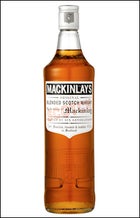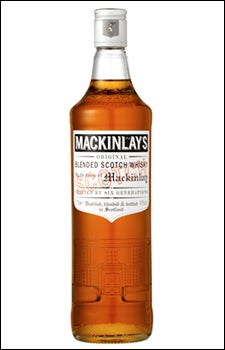LITTLE-KNOWN FACT about Ernest Shackleton: He was a drunk. Which doesn’t quite explain why he abandoned two cases of Charles Mackinlay & Co. Scotch, his preferred vice, under his 1907 09 base-camp hut on Antarctica’s Cape Royds. As the story goes, Shack and his crew were so grateful to be picked up after their unsuccessful bid to reach the South Pole that they literally left everything including reindeer sleeping bags, bottled gooseberries, and canned sheep’s tongues as they sprinted to the boat. And so the whisky sat under the hut, forgotten until now.
We Know They're Out There
Unfound artifacts from heroes pastMallory’s Camera: When the body of George Mallory turned up on Everest, his camera, with its possible proof of a 1924 summit, wasn’t there. That means Sandy Irvine, who also perished, may have it.
Earhart’s Plane: The prevailing theories are that the American aviatrix ditched her Lockheed Electra at sea or landed in the Kiribati Islands and later died. The plane was never found.
Crusoe’s Treasure: Daniel Defoe’s hero is based on real-life Scottish pirate Alexander Selkirk, who actually was stranded on Robinson Crusoe Island in the 18th century. Lore holds that a large treasure is still on the island.
Charles Mackinlay & Co. Scotch
 Charles Mackinlay & Co. Scotch
Charles Mackinlay & Co. Scotch“It’s been lying there lonely and neglected,” says Richard Paterson, master blender at Whyte & Mackay, the Glasgow company that owns Mackinlay. “Can it not come back to Scotland, where it was born?”
There’s always a chance. After discovering the lost crates four years ago while clearing ice from under the huts, Al Fastier and an international team of conservationists plan to return in January to carefully remove the crates. But even if they succeed in freeing the hooch, they won’t be popping corks and pouring rounds. A treaty dictates that all artifacts of early exploration be left on the continent except for reasons of preservation. Whether preventing good whisky from going to waste counts as preservation is a toss-up.
“My belief is that the artifacts should remain where they belong: at the hut,” says Fastier, program manager of New Zealand’s Ross Sea Heritage Restoration Project, which is charged with protecting the hut. A decision will be made once the bottles have been examined.
The area is the southernmost spot accessible by ship, which is why Shackleton set up shop there. Though he’s best remembered for shepherding his crew through the 1914 16 survival epic chronicled in Caroline Alexander’s Endurance, he came within 97 miles of the pole in 1909 three years before Norway’s Roald Amundsen finally reached it.
If the whisky stays, it will join 4,500 other items on display in the hut, which is visited by 900 cruise-ship tourists each year. If it goes, Paterson is eager to sample it to see if it will “reveal some of its inner treasures.” He’d do so by inserting a syringe through the cork and extracting a sip. “We certainly won’t be opening it up and having a free-for-all,” he says.
Paterson, who still has the original letter from Shackleton acknowledging receipt of 25 cases of ten-year-old blended whisky, says Mackinlay likely donated the liquor, which cost 28 shillings per case. The whisky was a premium blend and is likely to be heavy and peaty, which was common at the time, when most whisky was diluted with soda to cut the pungent taste.
But whether any of that flavor remains is speculation. The whisky’s condition depends on how the corks have fared. Whisky freezes at around minus 13 Fahrenheit, and temps at the hut can reach 50 below. Kent Kirshenbaum, a chemistry professor at New York University who has studied reactions in food and alcohol, says the biggest concern for the corks is the expanding and contracting of the glass bottles as they froze and thawed. If the bottles stayed airtight, he suspects the whisky would taste much like it did in Shackleton’s day.
Paterson says he’d settle for a couple of bottles one for the company archive and one perhaps to auction off. Sotheby’s and Christie’s won’t speculate on an item’s worth if they’re not commissioned to sell it, and neither has sold a similarly historic spirit before. However, in 2000 Christie’s auctioned a single dried biscuit from the same 1907 09 expedition. It fetched nearly $8,000.


